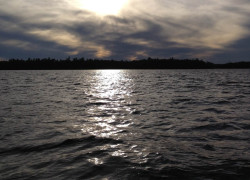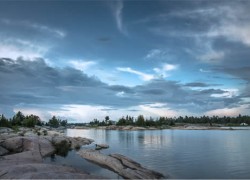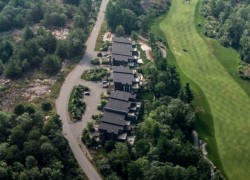A watershed is an area of land that drains to a river, lake or stream. It includes all the land, air, plants and animals within its borders. Land forms such as hills or heights of land largely determine the boundaries of watersheds and direct the speed and path of its rivers.
Structure of a Watershed
Each watershed has a unique mixture of land and water habitats: from wetlands, rivers and lakes to forests, grasslands, farms, towns and cities.
All living things depend upon the continuous cycling of water and nutrients through ecosystems. The effects of forestry, agriculture, industry and urbanization are all recorded in the water as it flows along its path. For better or worse, each tributary stream, wetland or spring which joins together reflects the health of the region in which it is found.
Watersheds fulfill three primary functions: to capture water, to filter and store water in the soil and to release water into a waterbody. Within the complex living system of a watershed, everything is connected.
Thinking of a watershed as a giant sponge helps explain the connections between all parts of a watershed and how a river like the Muskoka River can always be flowing. As precipitation falls, it is stored in the watershed’s land and waterbodies (the giant sponge) and slowly released through shallow water discharge into the river.
The term Muskoka watershed refers to all watersheds lying totally or partially within The District Municipality of Muskoka and includes areas in Algonquin Park, the Township of Seguin and the Township of Algonquin Highlands.
All water in Muskoka’s watersheds eventually flow into Georgian Bay.







